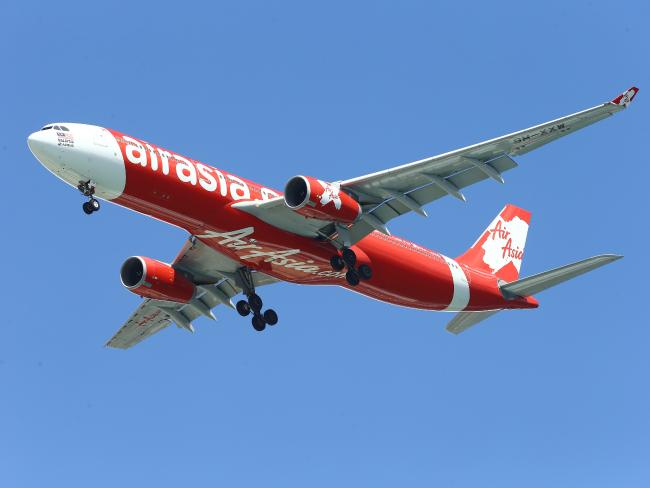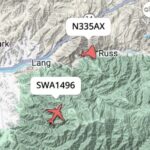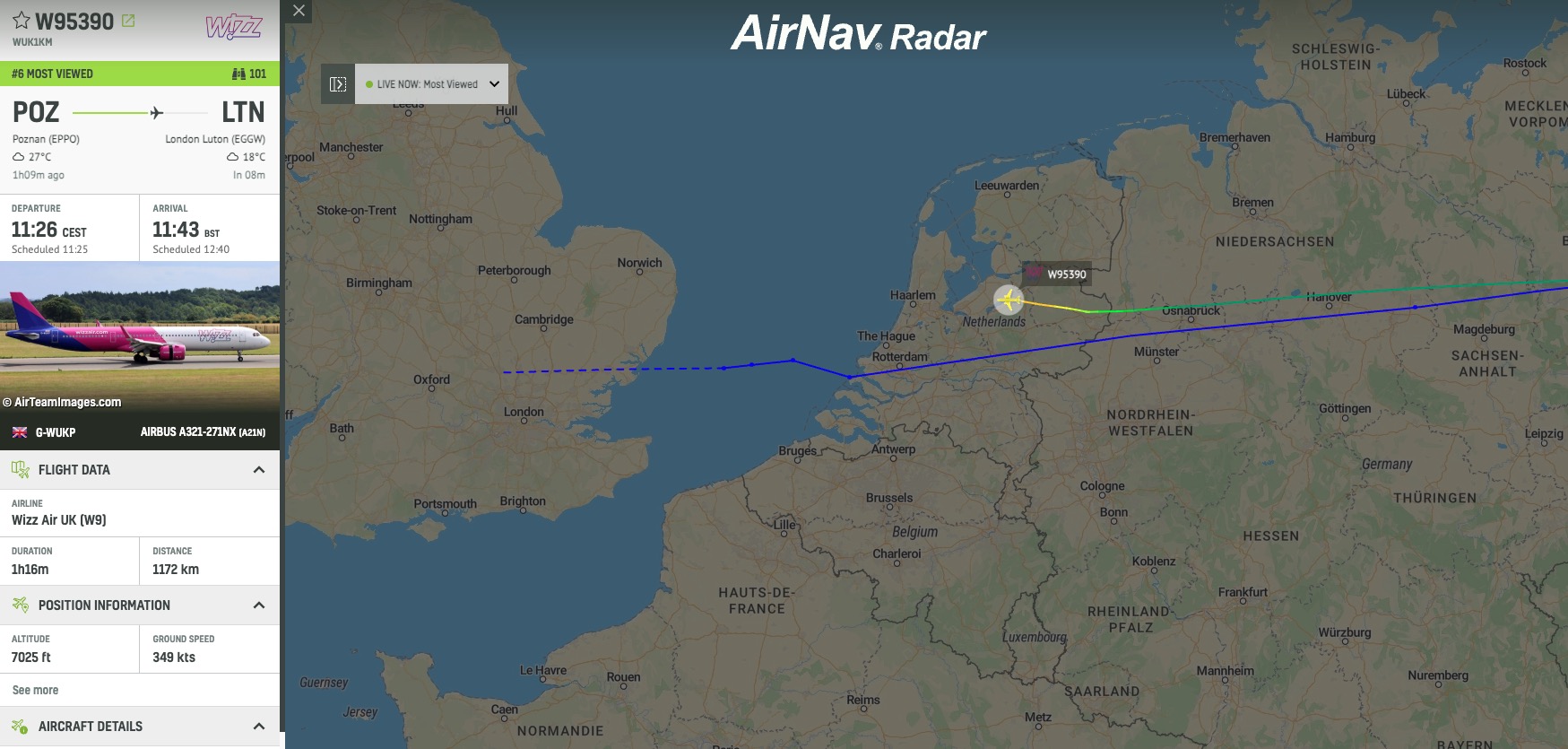The Australian Transport Safety Bureau (ATSB) has released an interim report into the emergency descent of Air Asia QZ535 on 15 October 2017. The flight was on a A320-216, registration PK-AXD with 2 flight crew, 4 cabin crew and 146 passengers on board. The emergency descent brought the flight down from FL 330 to 10000 feet at an average rate of 11 metres per second.
The ATSB has published a preliminary factual report into the pressurisation event involving Airbus A320, PK-AXD, 300 km north of Perth, Western Australia, on 15 October 2017. https://t.co/TmN87yQhsb pic.twitter.com/1hWPhvUhYi
— ATSB (@atsbinfo) November 23, 2017
The report shows:
- The flight left Perth Airport at 1122 Australian Western Standard Time (AWST +8hrs UTC)
- At about FL 250 the crew saw a SYS 1 fault for the pressurisation system before the fault disappeared
- Just after passing FL 300 the Master Caution activated to indicate SAFETY VALVE OPEN
- The crew switched the pressurisation system to manual
- The cabin altitude rate of climb was 1100 ft per minute
- The crew began working the checklist. Before the checklist was complete the Master Caution cleared
- At about 1151 the Master Warning activated intermittently to indicate EXCESS CAB ALT
- The flight crew informed the cabin manager they were going to iniate emergency descent
- Shortly after the descent began the cabin crew manager informed the flight crew the oxygen masks had not deployed. The flight crew then manually deployed them
- During descent there was intermittent activation of the Master Caution indicating LO DIFF PR
- The average rate of descent was 2300 feet per minute
- There was some trouble communicating with ATC due to the flight crew’s oxygen masks.
- ATC cleared descent to 10000 feet and the plane landed safely at about 12:48 AWST without injuries or damage to the aircraft
So far during the investigation the ATSB has collected and reviewed data from the CVR and FDR, interviewed flight and cabin crew, reviewed the basic operation of the cabin pressurisation system, reviewed AirAsia abnormal and emergency procedures for cabin pressurisation, and reviewed other A320 pressurisation incidents. The ATSB has also requested maintence records, results of pressurisation tests, training records and cabin safety documents and procedures. They have found no safety issues to date and expect to hand down it’s final report in May 2018.











